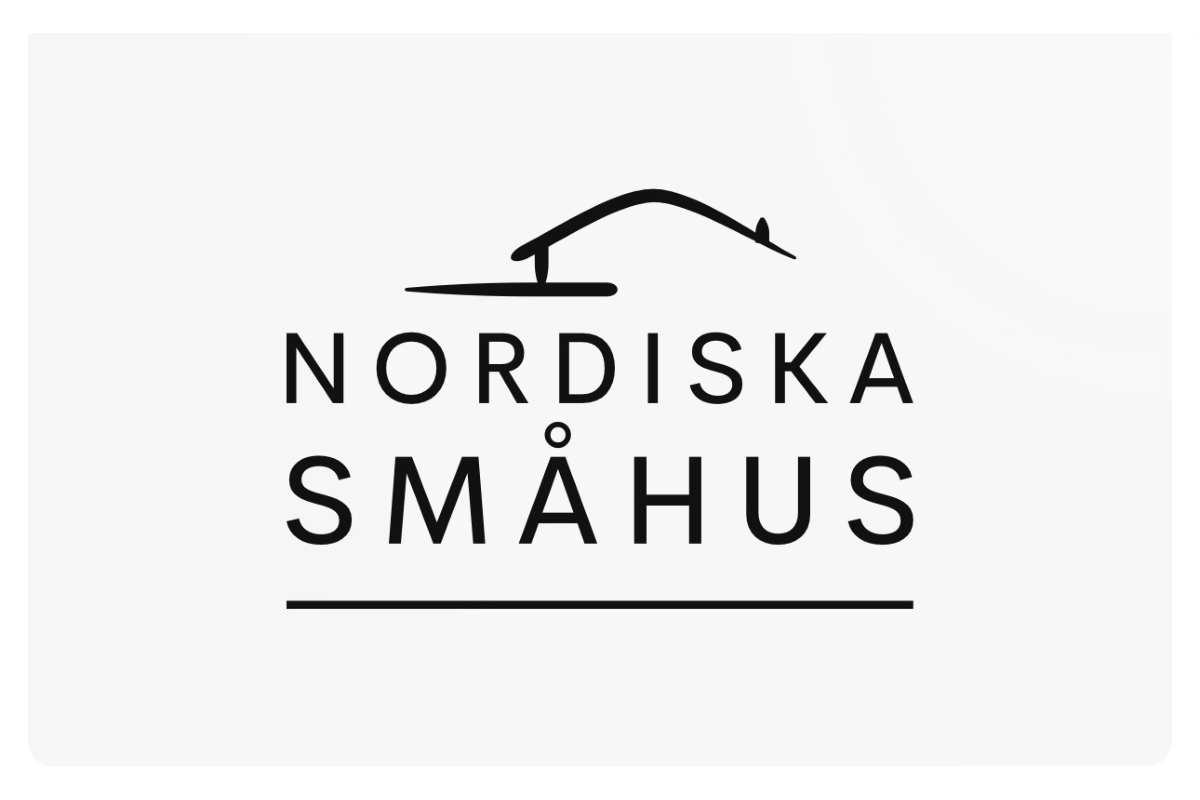Remember, it’s always best to consult with a healthcare professional if you have any concerns or specific medical conditions before using a sauna.
Nordiska Småhus Sauna usage FAQ
Saunas offer various health benefits, including improved blood circulation, relaxation, stress reduction, detoxification, relief from muscle tension, enhanced skin health, and potential cardiovascular benefits.
The recommended duration for a sauna session is typically between 10 to 20 minutes. However, listen to your body and adjust the time based on your comfort level and tolerance to heat.
Children can use saunas, but it’s important to supervise them closely and ensure the sauna temperature is suitable for their age and tolerance. Limit their time in the sauna and encourage frequent breaks to cool down.
The ideal temperature for a sauna usually ranges from 70°C (158°F) to 90°C (194°F). However, personal preferences may vary, and it’s important to choose a temperature that feels comfortable for you.
The frequency of sauna use depends on individual preferences and tolerance. Some people enjoy using saunas multiple times a week, while others may opt for once or twice a month. Start with shorter sessions and gradually increase frequency if desired.
Yes, it’s recommended to take a shower before entering a sauna to remove lotions, oils, and sweat from your body. This helps maintain cleanliness and enhances the sauna experience.
If you have a medical condition, it’s important to consult with your healthcare provider before using a sauna. They can provide personalized advice based on your specific condition and guide you on any precautions or limitations.
In most saunas, it is common to sit nude or wear a towel or bathing suit for modesty. However, it’s essential to follow the guidelines and cultural norms of the specific sauna you are using.
To cool down after a sauna session, step into a cool shower or use cool towels on your body. Allow your body temperature to regulate naturally before engaging in any physical activities.
Saunas can contribute to temporary weight loss through sweating and increased calorie burning. However, the weight loss is primarily due to water loss and not fat loss. Regular exercise and a healthy diet are more effective for sustainable weight management.
It is generally recommended to wait at least 1 to 2 hours after eating a heavy meal before using a sauna. This allows for proper digestion and reduces the likelihood of discomfort during the sauna session.
Yes, saunas can help relieve muscle tension. The heat promotes blood circulation, relaxes muscles, and may provide temporary relief from muscle soreness and stiffness.
Saunas can help cleanse the skin by opening up pores and promoting sweating, which aids in removing impurities and toxins. However, it’s important to cleanse your skin before and after sauna sessions for maximum benefit.
Saunas have a relaxing effect on the body and can help reduce stress levels. The heat and steam promote relaxation and may contribute to improved sleep quality for some individuals.
Saunas can cause a temporary increase in blood pressure due to the heat exposure. However, for individuals with controlled blood pressure and no underlying heart conditions, sauna use is generally considered safe and may even have
Sauna use may not be recommended for individuals with certain medical conditions such as uncontrolled hypertension, heart disease, respiratory conditions, or other serious health concerns. It’s crucial to consult with your healthcare provider if you have any underlying health issues before using a sauna.
Sauna use may aggravate certain skin conditions such as eczema or psoriasis. It’s advisable to consult with a dermatologist before using a sauna if you have a skin condition to determine if it is suitable for your specific situation.
Individuals with respiratory issues such as asthma or chronic obstructive pulmonary disease (COPD) should consult with their healthcare provider before using a sauna. In some cases, the heat and steam in a sauna may exacerbate respiratory symptoms.
Saunas have a relaxing effect on the body and can help reduce stress levels. The heat and steam promote relaxation and may contribute to improved sleep quality for some individuals.
Saunas promote sweating, which can aid in the elimination of certain toxins from the body. However, the extent of detoxification through sauna use is limited, and the primary organs responsible for detoxification are the liver and kidneys.
While there is no specific age restriction for sauna use, it’s important to exercise caution when it comes to children and elderly individuals. Children should be closely supervised and their time in the sauna should be limited. Older adults should consider their tolerance to heat and potential risks before using a sauna.


 Se
Se